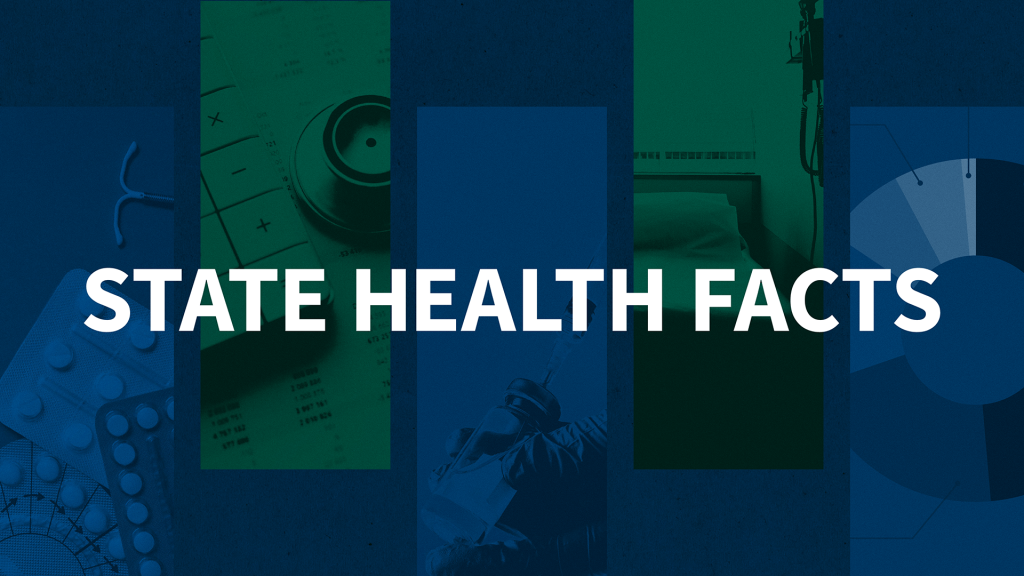Making Sense of Recent Estimates of Eligible but Uninsured Children
As Congress reauthorizes the State Children’s Health Insurance Program (SCHIP), accurate estimates of the number of children who are eligible for Medicaid and SCHIP but remain uninsured are critical for policy and budget development.
